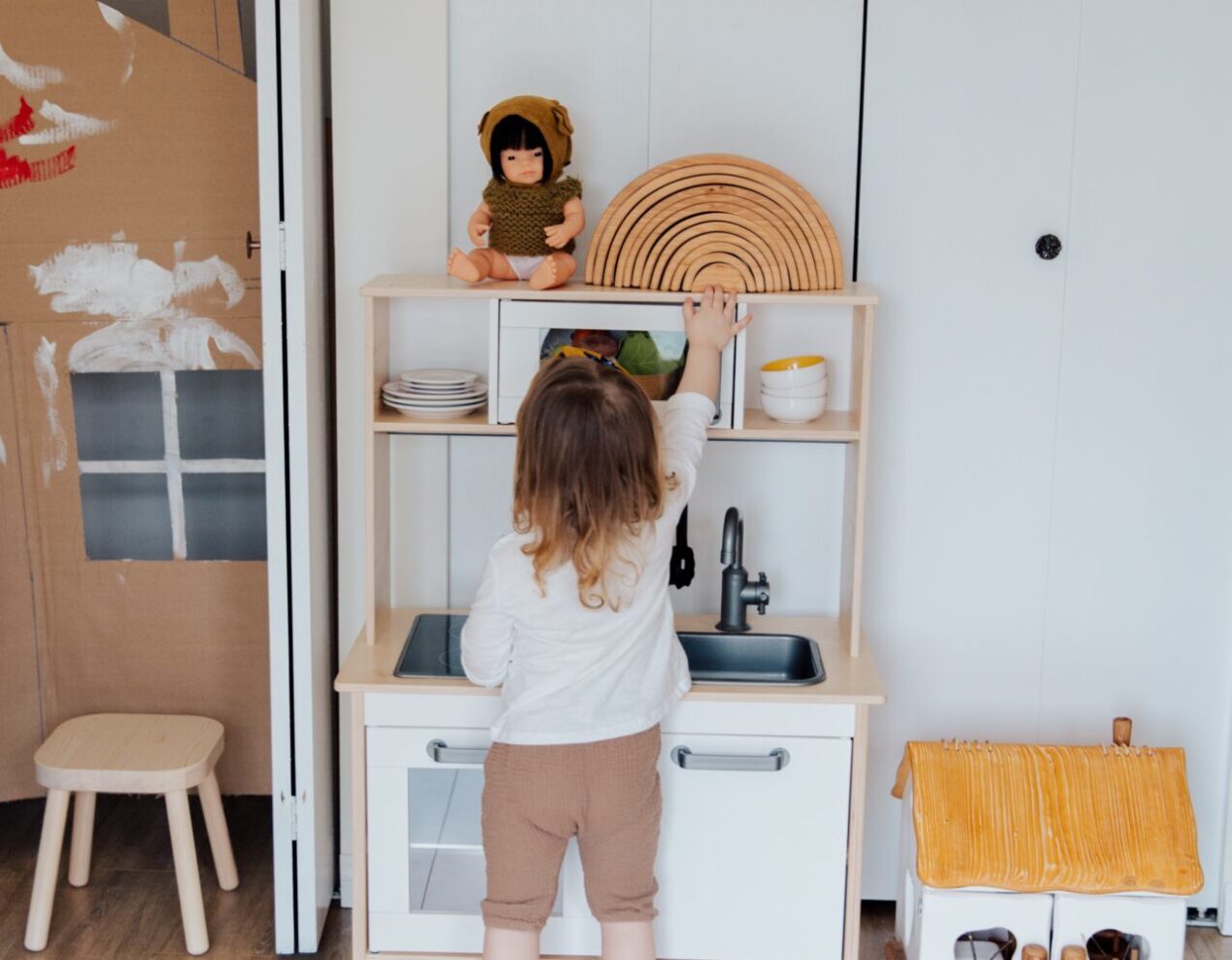Unlocking the Language Code: 4 Telltale Signs of Toddler Understanding

Language development in toddlers is a fascinating process that goes beyond what meets the eye. While your little one may not be speaking much yet, their ability to comprehend language is far more advanced than you might think. Understanding these signs can help you foster their language growth and build a strong foundation for communication.
Here are four remarkable signs that your toddler understands language, even if they aren’t talking much yet:
- They respond to requests by pointing or looking: Between 16 and 19 months, toddlers begin to show their understanding of common objects by pointing or looking at them when asked. For instance, when you say, “Can you point to the front door?” they will respond accordingly, demonstrating their comprehension.
- They retrieve objects upon request: Around 15 to 18 months, toddlers may start bringing you familiar objects when you ask for them. Initially, it might be easier for them to retrieve items from the same room. Encourage their efforts by requesting objects that are kept in specific places they can access. Guide them if needed, pointing towards the desired object and accompanying them to retrieve it. Once they can successfully bring objects from the same room, challenge them to fetch something from another room.
- They use gestures to express their needs: Between 12 and 19 months, toddlers develop the ability to use gestures alongside vocalizations to communicate their needs. They may nod for “yes,” reach or point towards desired objects, or wave goodbye. Pointing typically emerges after waving and serves as an effective means for expressing specific desires or interests.
- They recognize animals and imitate their sounds: From 16 to 21 months, toddlers begin to recognize and point to animals in pictures. Around 22 months, they may start imitating the sounds associated with these animals. For example, when they see a cow, they might say “moo,” or for a sheep, they might say “baaa.” Animal sounds often align with the syllables and vocalizations that toddlers are working on, making them an enjoyable way to enhance language skills.
Familiar songs and books accompanied by gestures and sounds are fantastic tools for language acquisition. Toddlers learn through a combination of spoken words, singing, symbols, and gestures. You might observe that even very young toddlers imitate gestures during songs before they can articulate the words. As an experiment, try singing a familiar song using a single syllable, such as “ba” for “Itsy Bitsy Spider.” You may be amazed to see your toddler mimicking your mouth movements or attempting their version of the sound.
By recognizing and encouraging these signs of understanding, you can actively support your toddler’s language development and pave the way for effective communication.



